

Jaya Sri Maha Bodhiya
Jaya Sri Maha Bodhi is a Sacred Fig tree in the Mahamewna Gardens, Anuradhapura, Sri Lanka. It is said to be the right-wing branch (southern branch) from the historical Sri Maha Bodhi at Buddha Gaya in India under which Lord Buddha attained Enlightenment. It was planted in 249 BC, and is the oldest living human-planted tree in the world with a known planting date. Today it is one of the most sacred relics of the Buddhists in Sri Lanka and respected by Buddhists all over the world.
The other fig trees that surround the sacred tree protect it from storms and animals such as monkeys, bats, etc.In April 2014, the government banned all construction within 500 meters of the tree. Only construction that obviously will not harm the tree will be allowed.

Ruwanweli Seya
The Ruwanwelisaya is a stupa in Sri Lanka, considered a marvel for its architectural qualities and sacred to many Buddhists all over the world. It was built by King Dutugemunu c. 140 B.C., who became lord of all Sri Lanka after a war in which the Chola King Elara, was defeated. It is also known as Mahathupa, Swarnamali Chaitya, Suvarnamali Mahaceti (in Pali) and Rathnamali Dagaba.
This is one of the Solosmasthana (the 16 places of veneration) and the Atamasthana (the 8 places of veneration in the ancient sacred city of Anuradhapura). The stupa is one of the world's tallest monuments, standing at 103 m (338 ft) and with a circumference of 290 m (951 ft).The stupa was an ancient ruin in the 19th century. After fundraising efforts by Sinhalese bhikkhu, the stupa was renovated in the early 20th century. The Ruwanveli Seya Restoration Society was founded in 1902 and the final crowning of the stupa took place on 17 June 1940.
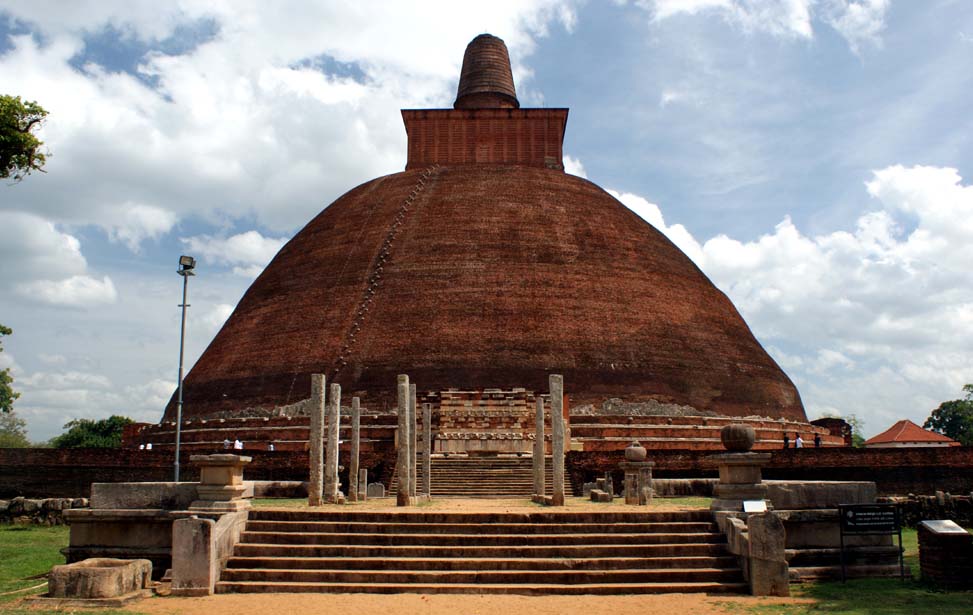
Jethawanaramaya
The Jetavanaramaya is a stupa located in the ruins of Jetavana in the sacred world heritage city of Anuradhapura, Sri Lanka. Mahasena of Anuradhapura (273–301) initiated the construction of the stupa following the destruction of the mahavihara. His son Maghavanna I completed the construction of the stupa. A part of a sash or belt tied by the Buddha is believed to be the relic that is enshrined here.
This stupa belongs to the Sagalika sect. The compound covers approximately 5.6 hectares and is estimated to have housed 10,000 Buddhist monks. One side of the stupa is 576 ft (176 m) long, and the flights of stairs at each of the four sides of it are 28 ft (9 m) wide. The doorpost to the shrine, which is situated in the courtyard, is 27 ft (8 m) high. The stupa has a 8.5 m (28 ft) deep foundation, and sits on bedrock. Stone inscriptions in the courtyard give the names of people who donated to the building effort.

Kuttam Pokuna
One of the best specimen of bathing tanks or pools in ancient Sri Lanka is the pair of pools known as Kuttam Pokuna (Twin Ponds/Pools). The said pair of pools were built by the Sinhalese in the ancient kingdom of Anuradhapura. These are considered one of the significant achievements in the field of hydrological engineering and outstanding architectural and artistic creations of the ancient Sinhalese.
A garden was landscaped which separates the two ponds which long is 18½ ft. The larger pool of the two is 132 ft by 51 ft, while the smaller pool is 91 ft by 51 ft. The depths of the two pools is 14 ft and 18 ft for the smaller pool and the larger pool respectively.

Sandakada Pahana
The first sandakada pahanas were created during the latter stage of the ancient Anuradhapura Kingdom. They were only placed at entrances to Buddhist temples during this period.
The carvings of the semi circular stone slab were the same in every sandakada pahana. A half lotus was carved in the centre, which was enclosed by several concentric bands. The first band from the half lotus is decorated with a procession of swans, followed by a band with an intricate foliage design known as liyavel. The third band has carvings of four animals; elephants, lions, horses, and bulls. These four animals follow each other in a procession symbolizing the four stages in life: growth, energy, power and forbearance. The fourth and outermost band contains a carving of flames, usually interpreted as representing a fire altar.
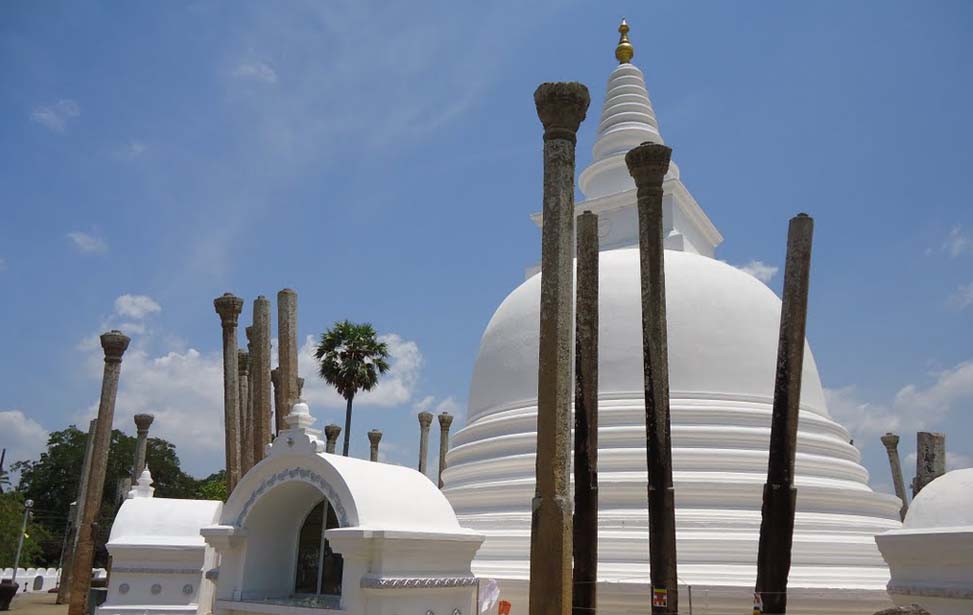
Thuparamaya
Thuparamaya is a dagoba in Anuradhapura, Sri Lanka. It is a Buddhist sacred place of veneration.Mahinda Thera, an envoy sent by King Ashoka himself introduced Theravada Buddhism and also chetiya worship to Sri Lanka. At his request King Devanampiyatissa built Thuparamaya in which was enshrined the collarbone of the Buddha.It is considered to be the first dagaba built in Sri Lanka following the introduction of Buddhism.
This is considered the earliest monument, the construction of which was chronicled Sri Lanka. The name Thuparamaya comes from "stupa" and "aramaya" which is a residential complex for monks.Thuparamaya dagoba has been built in the shape of a bell. This dagoba was destroyed from time to time. During the reign of King Agbo II it was completely destroyed and the King restored it. What is seen presently is the construction of the dagoba, done in 1862 AD.

Lankaramaya
Lankarama is a stupa built by King Valagamba, in an ancient place at Galhebakada in the ancient kingdom of Anuradhapura, Sri Lanka. Nothing is known about the ancient form of the stupa, and later this was renovated.
The ruins show that there are rows of stone pillars and it is no doubt that there has been a house built encircling the stupa (vatadage) to cover it. The round courtyard of the stupa seems to be 10 feet (3 m) above the ground. The diameter of the stupa is 45 feet (14 m). The courtyard is circular in shape and the diameter is 1332 feet (406 m).

Abhayagiriya
Abhayagiri Vihara was a major monastery site of Mahayana and Theravada Buddhism that was situated in Anuradhapura, Sri Lanka. It is one of the most extensive ruins in the world and one of the most sacred Buddhist pilgrimage cities in the nation. Historically it was a great monastic centre as well as a royal capital, with magnificent monasteries rising to many stories, roofed with gilt bronze or tiles of burnt clay glazed in brilliant colors.
To the north of the city, encircled by great walls and containing elaborate bathing ponds, carved balustrades and moonstones, stood "Abhayagiri", one of seventeen such religious units in Anuradhapura and the largest of its five major viharas. One of the focal points of the complex is an ancient stupa, the Abhayagiri Dagaba. Surrounding the humped dagaba, Abhayagiri Vihara was a seat of the Northern Monastery, or Uttara Vihara.
-
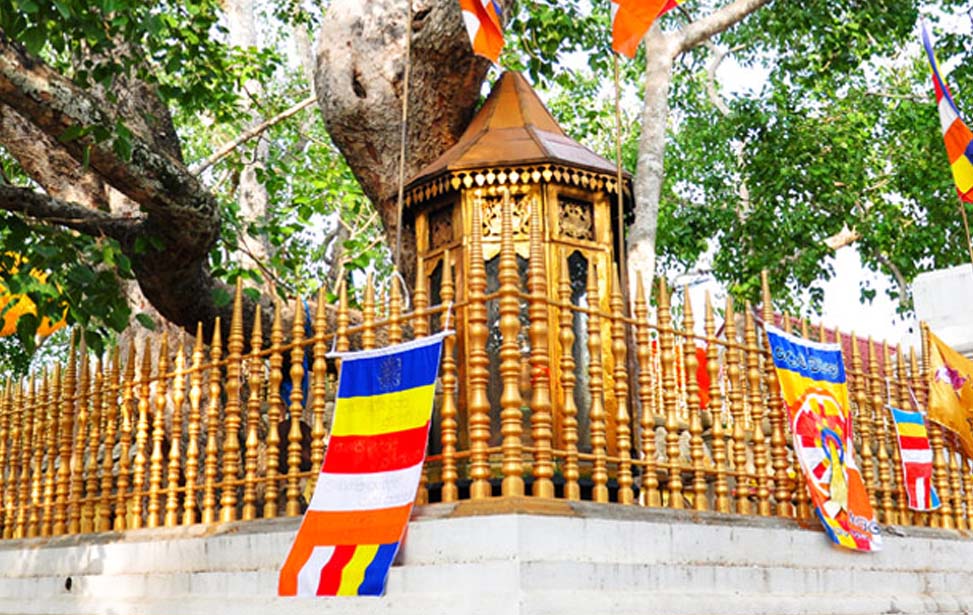 Anuradhapura
Anuradhapura
-
 Kandy
Kandy
-
 Adam's Peak
Adam's Peak
-
 Sigiriya
Sigiriya
-
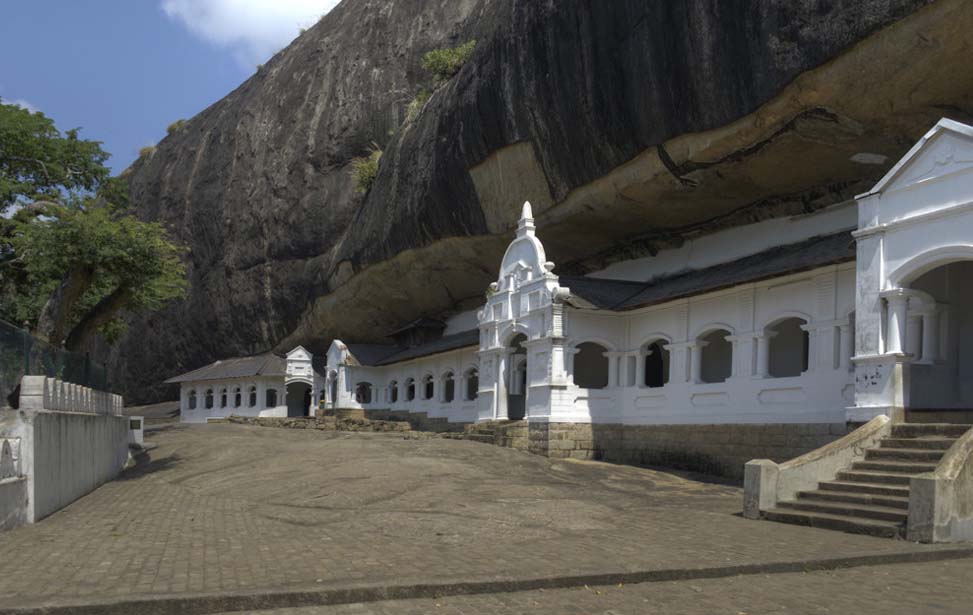 Dambulla
Dambulla
-
 Polonnaruwa
Polonnaruwa
-
 Nuwara Eliya
Nuwara Eliya
-
 Yapahuwa
Yapahuwa
-
 Galle
Galle
-
 Kelaniya
Kelaniya
-
 Jaffna
Jaffna
-
 Mihinthalaya
Mihinthalaya
-
 Colombo
Colombo
-
 Trincomalee
Trincomalee
-
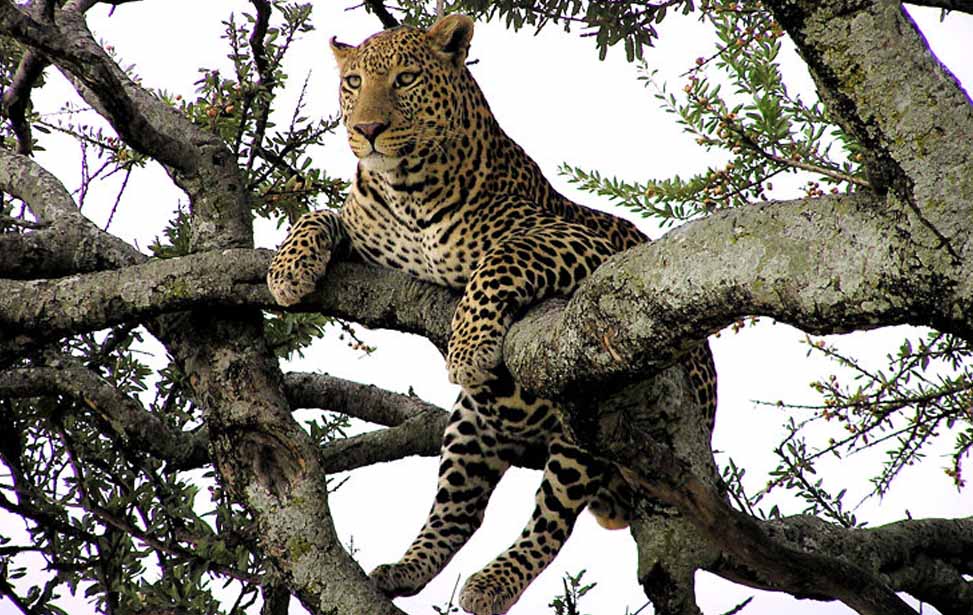 Yala Park
Yala Park
-
 Udawalawa
Udawalawa
-
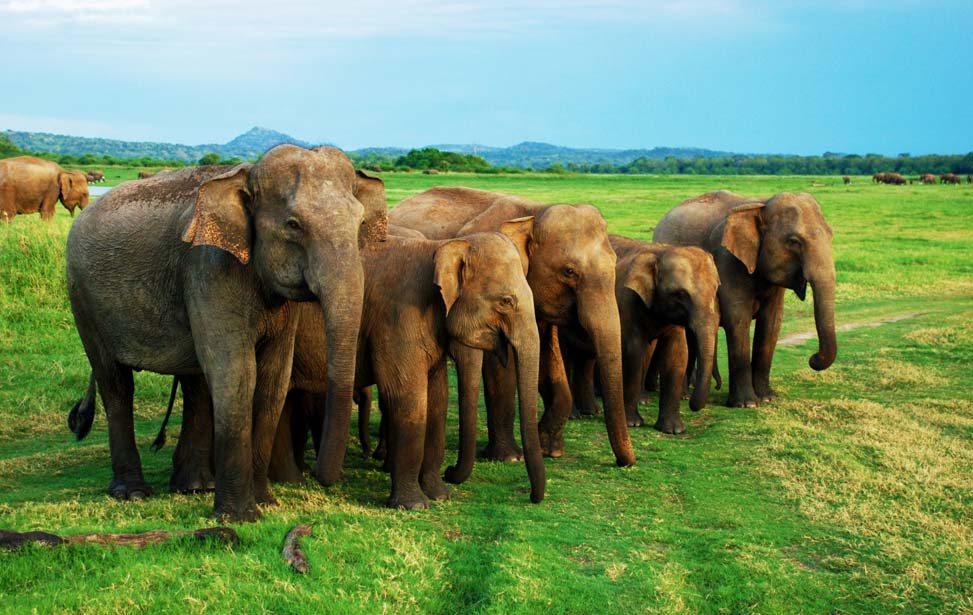 Minneriya
Minneriya
-
 Wilpaththu
Wilpaththu
-
 Kumana
Kumana
-
 Wasgamuwa
Wasgamuwa
-
 Bundala
Bundala
-
 Pigeon Island
Pigeon Island
-
 Peradeniya
Peradeniya
-
 Hakgala
Hakgala
-
 Seethawaka
Seethawaka
-
 Unawatuna
Unawatuna
-
 Hikkaduwa
Hikkaduwa
-
 Arugam Bay
Arugam Bay
-
 Nilaveli
Nilaveli
-
 Beruwala
Beruwala
-
 Thangalle
Thangalle
-
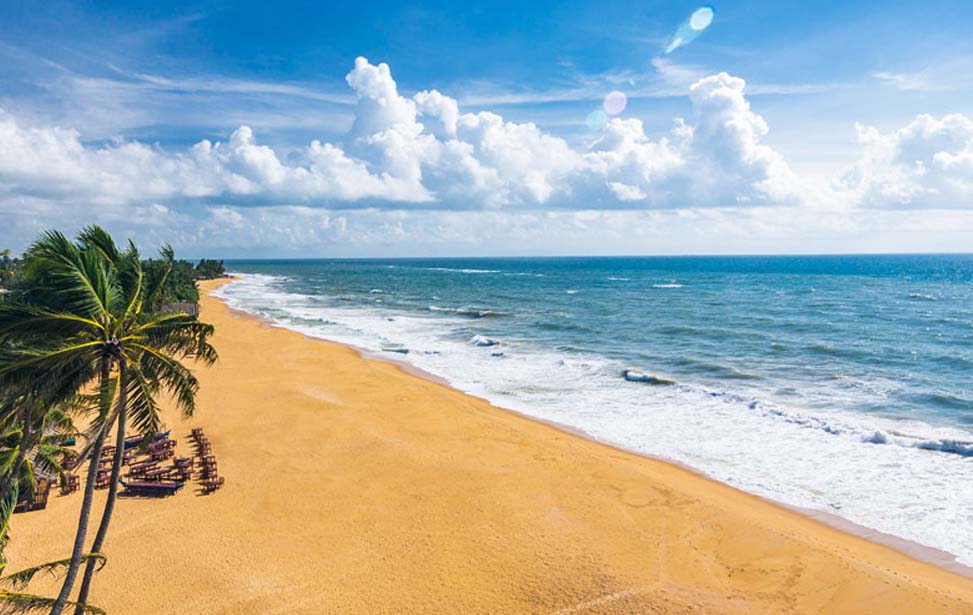 Mount Lavinia
Mount Lavinia
-
 Negombo Beach
Negombo Beach
-
 Dunhida Ella
Dunhida Ella
-
 Diyaluma Ella
Diyaluma Ella
-
 Ramboda Ella
Ramboda Ella
-
 Bopath Ella
Bopath Ella
-
 Ravana Ella
Ravana Ella
-
 Kirindi Ella
Kirindi Ella
-
 Lovers Leap
Lovers Leap


